Digital data in one place: BR-AG contributes to ESAP
The story behind ESAP
The European Union has 35+ existing legislative frameworks, 200+ existing reporting obligations, 150 000+ existing reporting entities. The magnitude of legal requirements and reporting obligations has resulted in a huge number of data being submitted, processed and stored.
The EU has turned over a new leaf in corporate reporting, by announcing the creation of the European Single Access Point (ESAP) managed by the European Securities and Market Authority (ESMA). The proposals deliver on several key commitments in the 2020 capital markets union (CMU) action plan This digital platform will enable access to companies’ public financial and non-financial information as well as other financial products, which will be especially beneficial to the SME sector by making them more visible to investors.
ESAP is set to go live in 2024. As pointed out by xbrl.org, ESAP will be similar to platforms existing in the United States: EDGAR, operating in Securities and Exchange Commission, or Japan’s EDINET.
How did BR-AG contribute to ESAP?
BR-AG supported The European Commission during the process as an external consultant. Tasks performed by us included desk research, creating e-surveys for stakeholders, providing analysis and cost-benefit estimates.
Our support was focused on:
- Current reporting practices,
- data standardization,
- data governance models,
- cost-benefit analysis,
and the implementation roadmap for the European Single Access Point.
In our report delivered to ESMA, we underlined that ESAP can “contribute to reducing the burden of insufficiently standardised reporting by introducing and promoting common reporting practices”. We also recommended that the ESAP governing bodies should have control over data that is included in the system and of its timing since it could be done in complete sets of data per reporting framework or be phased by a given country.
If you would like to know more about the impact of ESAP and our contribution, we recommend reading the Impact Assessment Report published by European Commission, accessible here (Annex 21):
How will ESAP contribute to data transparency?
Establishing ESAP provides a link between European Union frameworks and initiatives. Notably, the ESAP proposal does not create any new reporting obligations but builds on existing disclosure requirements, and facilitates the search for investments opportunities for international investors, which results in more funding accessible for EU companies, particularly SMEs. As financial and sustainability-related information is scattered and not standardised, cross-border investments are more challenging. ESAP will encompass both financial and non-financial information, including sustainability data.


